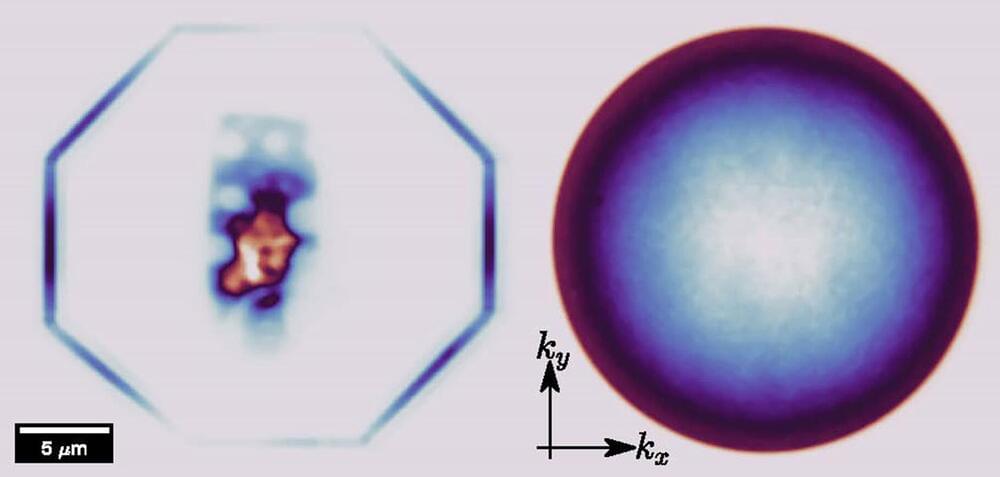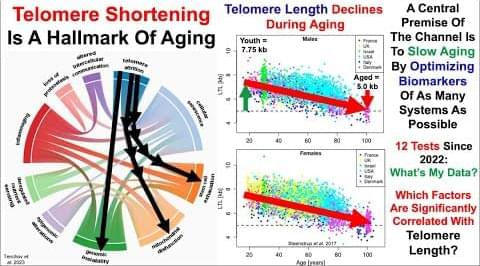
Some of the oddest cosmic phenomena are short but tremendously powerful bursts of radio waves, which, in a fraction of a second, can give off as much energy as the sun does in a year. Known as fast radio bursts, these incredibly bright flashes of energy are thought to be related to dying stars called magnetars. Now, using two separate telescopes, astronomers have observed one of these events just a few minutes before and after it occurred, giving the best look yet at what causes these strange events.
Astronomers used NASA’s NICER (Neutron Star Interior Composition Explorer) on the International Space Station and NuSTAR (Nuclear Spectroscopic Telescope Array) in low-Earth orbit to observe a magnetar called SGR 1935+2154. Magnetars are a type of neutron star, the dense core left behind after a star collapses and with an extremely strong magnetic field. In October 2022, this magnetar gave off one of these strange, fast radio bursts.


















